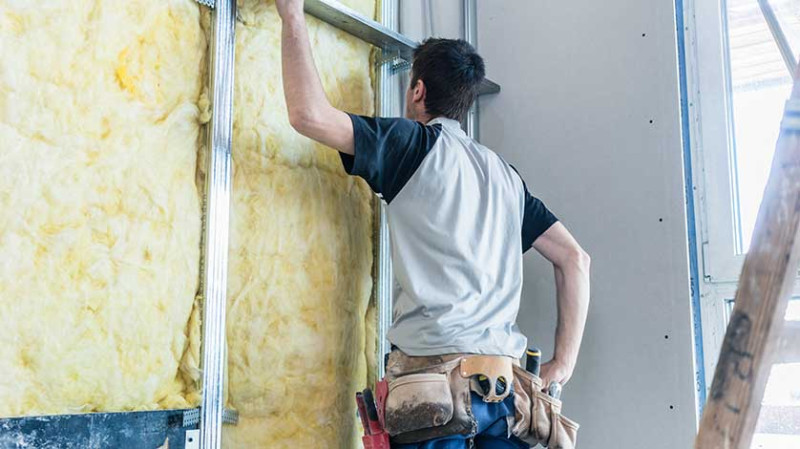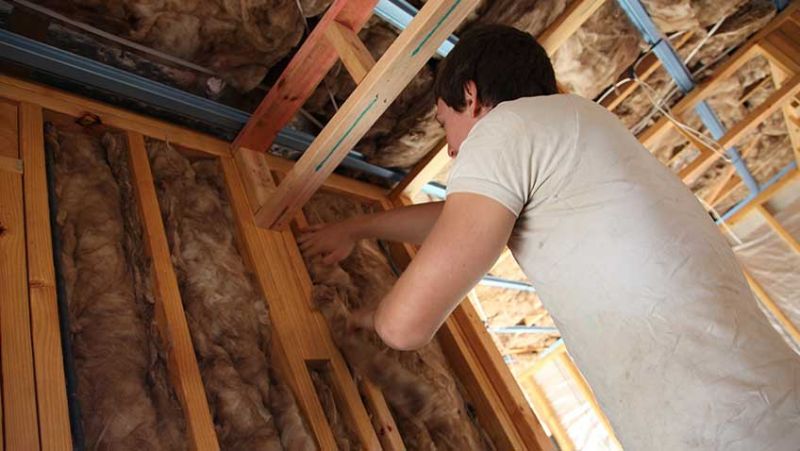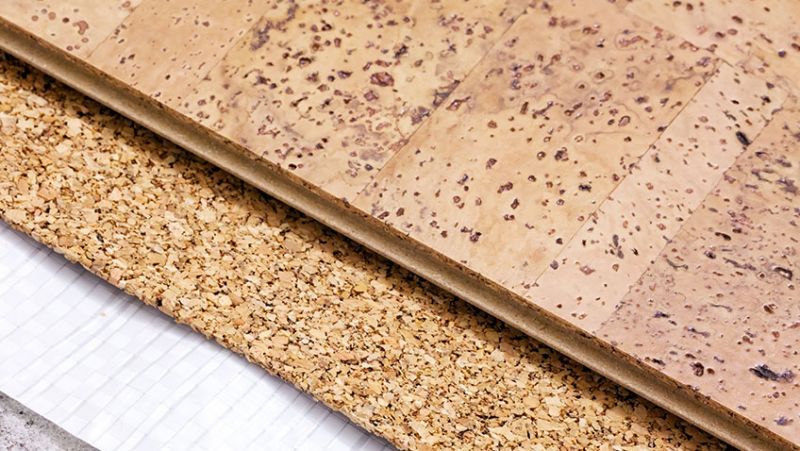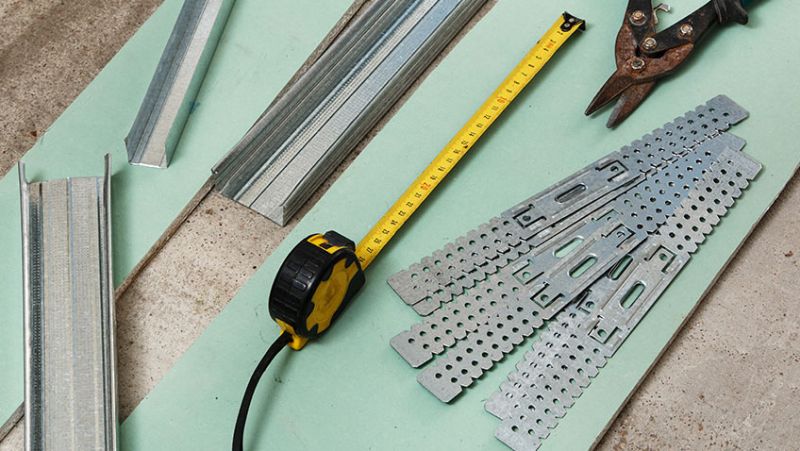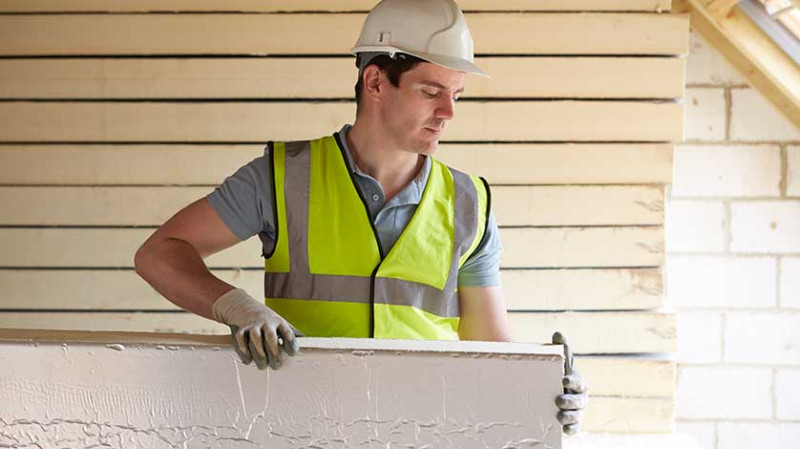
When it comes to creating a comfortable, energy-efficient home, few upgrades are as impactful as proper insulation. Among the many insulation solutions available today, R-TECH insulation stands out for its durability, ease of installation, and exceptional performance. Whether you're a DIY enthusiast, a professional tradesman, or an architect planning a sophisticated project, R-TECH is a name you should know.
In this blog post, we'll take a closer look at why R-TECH insulation is an excellent choice for attic and ceiling applications, especially across homes and projects throughout the UK. We'll also explore the benefits, installation tips, and key reasons many professionals and homeowners trust R-TECH to deliver superior results.
What is R-TECH Insulation?
R-TECH is a rigid insulation panel manufactured using expanded polystyrene (EPS) technology. What sets R-TECH apart from traditional EPS boards is its engineered facing. Typically, both sides are laminated with a tough, reflective metallic or white facing that enhances energy efficiency and provides greater durability against environmental elements.
This design means that R-TECH not only insulates but also acts as a radiant barrier, reflecting radiant heat to maintain a more stable indoor environment. Available in various thicknesses and R-values, R-TECH panels can be easily tailored to meet the specific needs of your attic or ceiling application.
The use of R-TECH is widespread in both residential and commercial building designs, and thanks to its lightweight nature, it has become a favourite among DIYers, builders, and architects looking for cost-effective and high-performing insulation solutions.
Advantages of Using R-TECH Insulation in Attic and Ceiling Applications
Choosing the right insulation is crucial for achieving the desired comfort, energy efficiency, and resale value of a property. Here are some key advantages of using R-TECH insulation specifically for attic and ceiling applications:
- Energy Efficiency: R-TECH panels help reduce heat loss in winter and keep interiors cooler in summer. The reflective facing can significantly lower your energy bills year-round.
- Moisture Resistance: R-TECH’s closed-cell EPS core doesn’t absorb moisture, preventing mould growth and degradation over time.
- Lightweight and Easy to Handle: The panels are extremely light, making transportation, cutting, and installation straightforward — perfect for the DIY crowd.
- Cost-Effective: R-TECH provides an excellent R-value per pound spent compared to many other rigid foam insulation solutions.
- Durability: The protective facer resists wear, punctures, and tears, offering longevity even in demanding environments like unvented attics.
- Eco-Friendly: Made with fewer petrochemicals than other types of foam insulation, R-TECH showcases an impressive environmental profile.
Best Practices for Installing R-TECH Insulation in an Attic or Ceiling
Installing R-TECH insulation is an achievable project for many DIYers, but following best practices ensures the best results. Before you start, make sure you're equipped with gloves, a utility knife, a tape measure, and a straight edge for cutting.
First, measure the areas between the ceiling joists or rafters. Cut the R-TECH panels to size using a sharp utility knife. A snug fit between framing members ensures maximum efficiency, preventing gaps that could allow heated air to escape.
For attic floors, R-TECH panels can be laid directly over existing insulation or fixed between the joists using staples or adhesive spray. When using it underneath rafters, you'll need to ensure the facing side is properly oriented to benefit from its reflective properties. Usually, it faces the conditioned space (facing downwards on a ceiling or upwards on a roof slope).
Sealing all panel edges with a high-quality insulation tape is crucial. This step prevents air infiltration and maximizes thermal resistance. Finally, don't overlook ventilation if insulating an attic — maintaining airflow helps retain insulation effectiveness and extends roof life.
Choosing the Right R-TECH Panel for Your Project
R-TECH panels are available in a variety of thicknesses and R-values. Selecting the right one depends on the goals of your project, local building regulations, and climate conditions in your part of the UK.
Colder regions typically require higher R-value panels to meet thermal performance targets. For attic floors, thicker panels (like 75mm to 100mm R-TECH boards) might be ideal. For ceiling applications where space constraints exist, thinner panels can still offer excellent performance when combined with other insulation types.
Here's a quick reference table to help you choose:
| Application | Recommended Thickness | Approximate R-Value |
|---|---|---|
| Attic Floor Insulation | 75mm - 100mm | R-3.8 to R-4.5 per inch |
| Unvented Roof/Loft Ceilings | 50mm - 75mm | R-3.0 to R-3.8 per inch |
| Cathedral Ceilings | 25mm - 50mm | R-2.7 to R-3.0 per inch |
Always check with local building codes or consult with a building professional before finalising your choice. Some UK regions have stricter requirements when it comes to airtightness and u-values for energy-efficient homes.
Why Architects and Designers Love R-TECH Insulation
R-TECH's versatility and clean finish make it particularly attractive to architects and interior designers. Unlike some types of insulation that may require complex finishing, R-TECH panels can offer cleaner, simplified solutions while hidden behind drywall, panelling or other architectural features.
Additionally, its lightweight properties mean there's no need for excessive structural reinforcement when used in ceilings or attics. This opens up design possibilities, allowing imaginative vaulted ceilings or open-plan loft conversions that still meet thermal performance standards.
Further, the reflecting white facing of some R-TECH types enables better light diffusion in attics or service cavities, making inspection, maintenance, and occasional DIY jobs much easier in the long run.
Professional Tradesmen: Cut Time, Boost Efficiency
For professional builders and tradesmen, time saved on site equates to money saved. R-TECH’s simple install process shaves hours when compared to fibreglass rolls or blown-in alternatives. There's no need for special breathing apparatus, minimal mess is created, and installation can progress rapidly with a two-man team.
In retrofit situations, such as updating older UK terraced homes or semi-detached properties, R-TECH offers outstanding flexibility and minimal disruption to inhabitants. Combined with reflective foil facings, it becomes a two-in-one barrier to both thermal transfer and excess moisture — an ongoing concern in many British homes with condensation issues.
Conclusion: Make the Smart Choice with R-TECH
Whether you're refreshing a classic Victorian townhouse or designing a sleek modern loft apartment, insulating your attic or ceiling with R-TECH is a high-performance, cost-effective solution. It fits perfectly into the UK market's growing demand for sustainable, easy-to-install, and durable building materials.
With R-TECH insulation, you're investing not just in lower energy bills and a more comfortable home, but also prolonging the life of your property and supporting greener construction practices. So why not make R-TECH the smart foundation for your next project?
